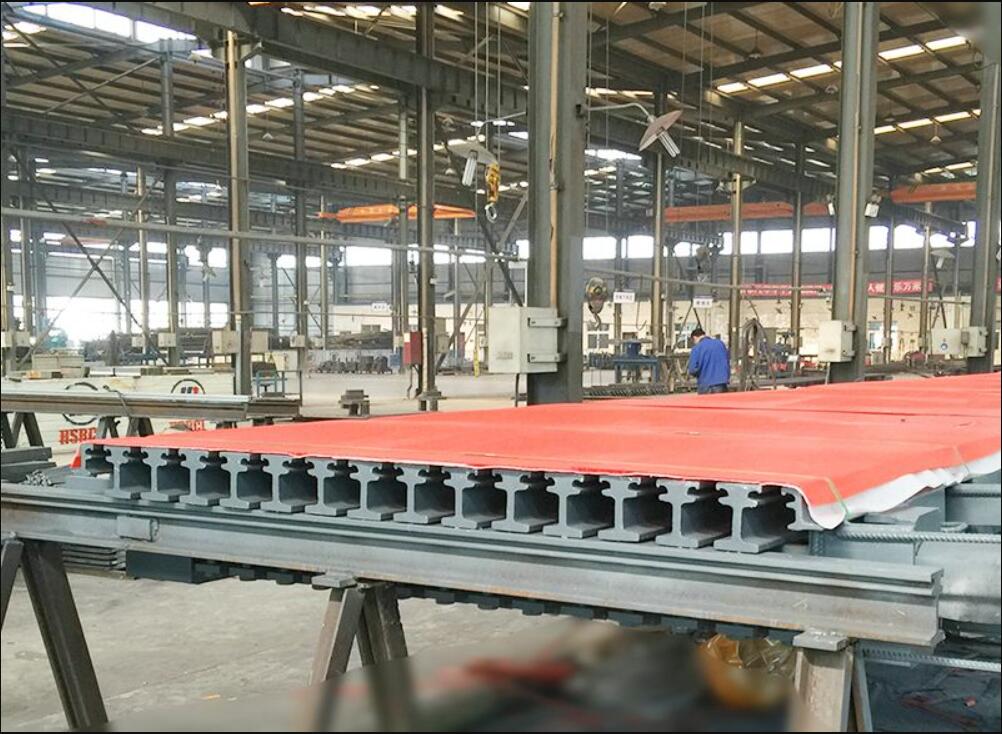An expansion joint is also known as a movement joint, which is an assembly consisting of separation in the wall a flexible material like a bond breaker or sealant. Bond breaker materials may comprise of sprays, liquids, rods, or tapes. They are required for breaking the bond between building sections for ensuring the sections can separate. The material being compressible, it can accommodate the movement of adjacent materials. For closing the joint opening and mitigating moisture from entering the joint, a flexible sealant is applied along with accommodating movement between wall sections. When performing a building envelope survey, all of these factors must be taken into account.

By temperature differentials, stress, and moisture infiltration, adjacent materials in a wall assembly are affected that causes movement between wall sections. Contraction and thermal expansion are the temperature movement of building materials and is very much common in areas that experience seasonal climate changes. When heated or cooled by ambient temperatures, a long masonry wall will contract or expand over its length and height. When heated, the individual masonry units will elongate, and when cooled it will get deformed. The changes in the height and length of the wall will create internal stress within the wall. Cracks will develop if the stress is not relieved. A temporary change in length is elastic deformation, volume, or shape of a material under stress. Vertical loads like dead and live loads will create stress in building materials. The weight of the building or structure on itself. As they are permanent, the materials which comprise the building are considered to be dead weight. Live loads are rather moving or permanent than being permanent or fixed. For example, live loads are materials, people, office equipment and furniture or shelving which is not bolted down. Other loads that cause building materials to get deformed and deflect in volume, shape, and length are seismic activity, wind, and snow. A good example of this is the diving board. For example, let's just imagine that a person is standing on the edge of the diving board, the board itself is the dead load and the person is the live load. When the person is on the edge of the diving board, you can see the deflection in the board as it dips towards the pool. It gets deformed or bent due to the weight of the person. The deformation will be higher with the weight of the person and vice versa. The diving board will also experience variable deformation as the person walks up and down the board. When the person jumps up and down the deformation will get exaggerated. This will create stress.
By the expansion and contraction of the materials from the increase or decrease in moisture content, moisture movement is caused. Materials like concrete, masonry block and wood get expanded because of saturated water and get the return to the original state after drying out. Think of these building materials as a dry sponge when they are installed first. Through rain events or leaks, when the materials are saturated they will grow and expand in size like a dry sponge that absorbs water. Like the same ways, when the material decreases in size when it dries out. Stress is created within the material by these variations and any abutting material.
Previous: What is the difference between galvanized and aluminized metal roofing materials?
Next: What is the difference between space frame and space truss?
Copyright:@2020-2021
Comments Please sign in or sign up to post.
0
0 of 500 characters used